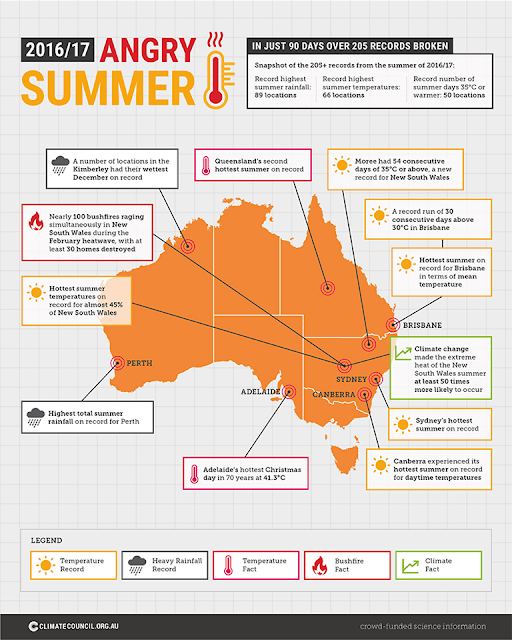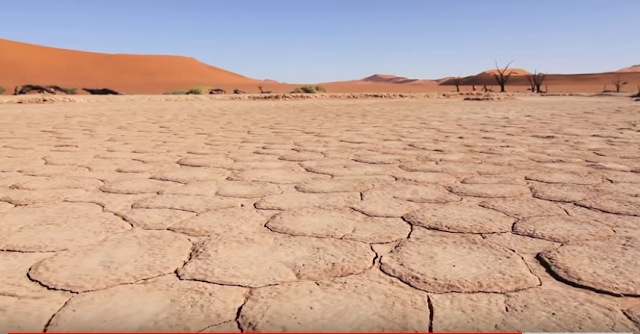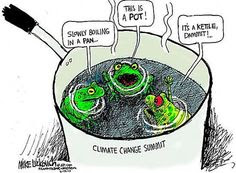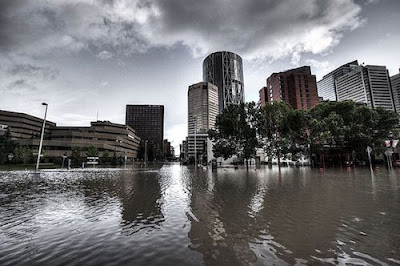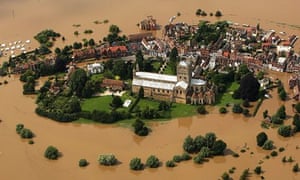Friday, 18 February 2022
Are Your Sneakers Bad for The Climate? The Impact of Footwear on Climate Change
Most people don't give footwear a second thought when it comes to its environmental impact. However, in a world where every contribution to climate sustainability counts, sneakers are an item worth examining. While simply wearing athletic shoes doesn't affect the environment, sneaker production and disposal have negative environmental effects that we should work to avoid.
This article discusses how to walk the sustainability talk (literally!) by examining the environmental impacts of your sneakers and other shoes.
How Are Sneakers Made?
Sneaker production is similar to the construction of a building. First the foundation is built; in the case of sneakers, the “foundation,” the sole of the shoe, is created from natural rubber. Next, the upper part of the sneaker is attached to the sole through a vulcanizing (rubber hardening) process. Finally, the remaining parts of the shoe, including the tongue, eyestays, and logo are added.
Producing a sneaker requires materials such as rubber, leather, textiles, foam, and other synthetics. The environmental impact of sneakers comes both from procuring these materials as well as the sneaker assembly and manufacturing process itself.
How Sneaker Manufacturing Affects the Climate
The fashion industry is responsible for 8.1% of global carbon emissions, and sneakers account for a significant portion of that. In fact, sneakers are responsible for 1.4% of global carbon emissions, which comprises about one-fifth of the apparel industry’s emissions as a whole.
Drilling down further, one can see that each pair of sneakers results in 30 pounds of carbon dioxide emissions. When looking at the source of these emissions, the breakdown corresponds to two-thirds coming from the manufacturing process, with the remaining third resulting from raw material extraction.
Many sneakers are made from plastic materials, which are derived from petroleum, a fossil fuel. While these materials help increase the durability of your athletic shoes, extracting, manufacturing and recycling these materials is difficult and contributes to climate change and other forms of pollution.
When examining the detrimental effects of sneaker production on the climate, other environmental and public health concerns come to light. In addition to contributing to the release of carbon dioxide into the atmosphere, sneaker production involves toxic chemicals. While benzene, xylene, and toluene don't drive the global temperature up, they are dangerous carcinogens that adversely affect people's nervous and respiratory systems.
Impact of Sneaker Disposal on the Climate
Because of the large amounts of plastics, glue, and other materials used to produce sneakers, they are difficult to recycle. Instead, sneakers are either incinerated or thrown into landfills. There is much debate over which option is the lesser of two evils.
Incineration produces air pollution and fossil fuels. However, some argue that if incineration occurs for energy production, fewer fossil fuels are emitted and less pollution occurs. Waste-to-energy plants have advanced filters that don't allow harmful chemicals to escape, and they emit much less methane, a harmful greenhouse gas, than landfills do.
On the other hand, when sneakers end up in landfills, the millions of pairs thrown out each year add to the endless amount of waste. With methane and carbon dioxide comprising over 90% of landfill gas, it's clear that sneakers continue to contribute to climate change long after their production.
What Can Sneaker Manufacturers and Retailers Do?
Manufacturers and retailers should only put sneakers on the market that meet the highest standards of compliance. Conducting footwear testing is one way of ensuring that products meet the strictest of environmental guidelines. Taking the initiative to test sneakers helps manufacturers and retailers provide a product that's climate-friendly while projecting a positive brand image.
Shoe manufacturers must also increase the use of natural, recyclable materials. For example, some companies are using natural cork materials to create a midsole, rather than using fossil-fuel derived foams. Others are creating foams that use natural, abundant materials like algae to reduce the use of petrochemicals in shoe production.
What Can Consumers Do?
Sneakers are an essential part of most people's lives. Whether you’re a fitness enthusiast or just seeking a pair of comfortable shoes for your everyday life, resisting the urge to become a sneaker collector is the first step towards a sustainable shoe closet. By reducing the amount of shoes you buy, you’re reducing the amount of material that must be used to produce shoes, and helping keep shoes out of landfill.
Consumers can also hold manufacturers accountable by only purchasing from brands that follow best practices concerning carbon emissions and other climate-related issues.
Lastly, there are some places you can recycle your sneakers. The Australian Sporting Goods Association’s initiative Tread Lightly offers recycling services for shoes made of a variety of materials. Simply use their search tool to find a collection location near you.
Lena Milton
Environmental Science Writer, Researcher
![[l1]Source: https://pixabay.com/images/id-1846093/ [l1]Source: https://pixabay.com/images/id-1846093/](https://blogger.googleusercontent.com/img/a/AVvXsEj1B10DSj_SbyIbhKURTf8JmcW3qJTOFiqwYSDlxH1EoqOFTPJUksF55Miso2QoEQGf6zRXR-Em5893F-5p930QBKQ6oYy3YxU9tyIQsRY87F2gUCmLt0X_boW0agpLAGWM_waYKUPFZQSQf4w_8_BU5CrLRHEu4FFE2hriJu3tJGBF8dzWfmcguMTc=w320-h180)





